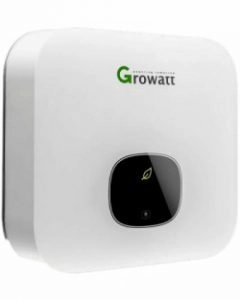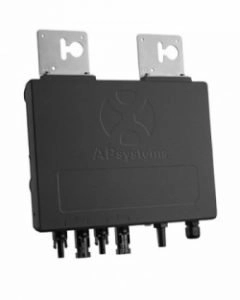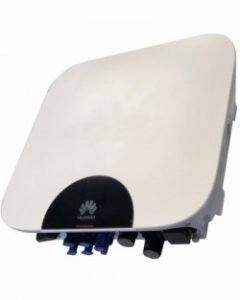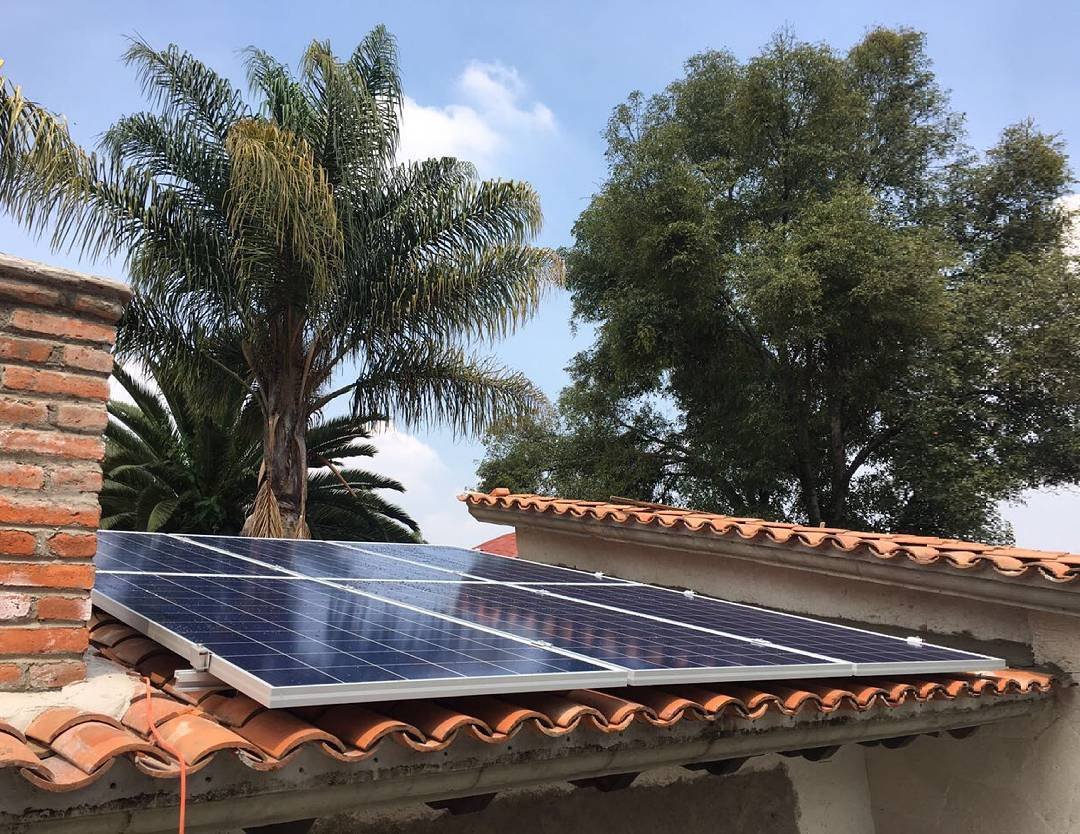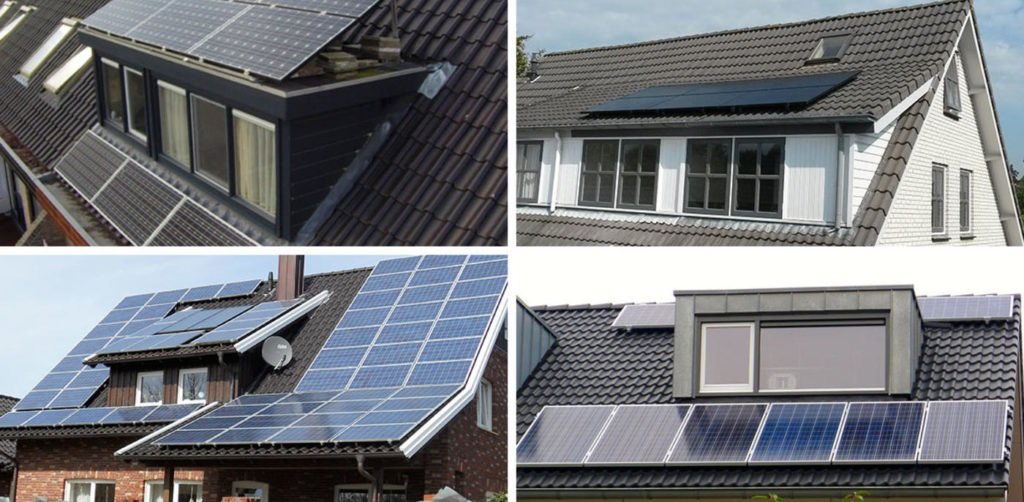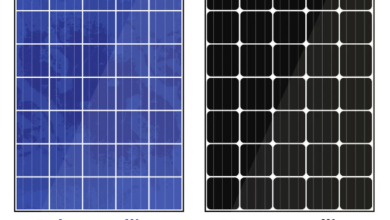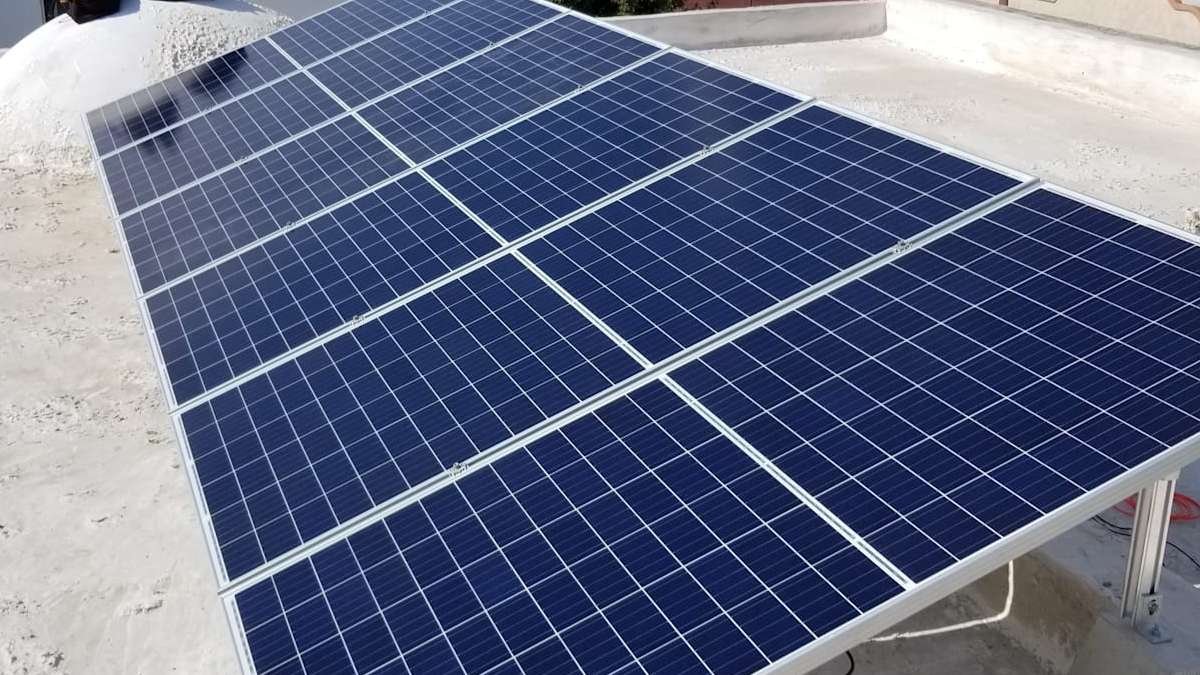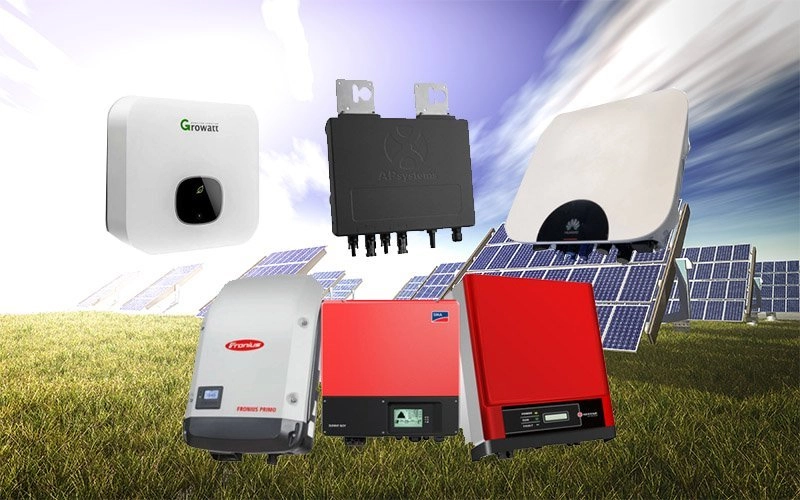
Types of inverters for solar panels
In this article we will talk about the types of inverters for solar panels. The solar inverter is one of the most important elements of photovoltaic installations , since it is the component that makes it possible for us to use the energy produced by the plates .
There are several types of inverters for solar panels, and being the most complex part of the installation, it is convenient to know how they work, even if only in broad strokes, to be clearer about which one is more convenient for a given home.
What is a solar inverter?
A solar current inverter is a device designed to transform the energy produced by solar panels (direct current) into useful energy for domestic consumption (alternating current). But in addition to transforming the current, it has other essential functions for the operation of the photovoltaic installation.
- They improve production. This component also helps to optimize the production of electricity, since they adapt to the energy needs or the solar situation (shades, orientation, climate).
- Protection system . Solar inverters must be able to interrupt power generation in the event of a short circuit, failure or failure of the network.
- Maximum power. It also regulates the maximum energy that can be transformed (measured in W or VA), which is why it is important to choose a model that is suitable for the rest of the installation.
- Synchronization with the electrical network. The solar inverter is the component that allows energy to be obtained from other sources, at times when it is not being produced, whether it is the electrical network or the batteries.
- Information record. Another important function is that it can collect information on performance to keep track of the energy produced and consumed in real time and to know if all the panels are working correctly.
What types of inverters for solar panels for homes are there?
All solar inverters for sale on the market fulfill the functions that we have mentioned, but there are models with specific types of operation and technologies that make them more or less appropriate for certain cases.
String type solar inverter
Solar installations that have a String type inverter are characterized by having panels connected online, so that they need an inverter for each string of solar panels. In this way, the power generated by each line is limited to the minimum power of each plate in the line. It is one of the most studied and used inverters, and also one of the cheapest on the market. They are primarily used in shadow-free installations where all panels have similar individual performance.
Let’s suppose that the panels had a performance of 95%, but one of them was left in some shade at a certain time of the day, to the point of reducing its power to 50%. As the panels are connected to each other, all of them would reduce their power to 50%.
Another point to keep in mind is that the String type inverter has a maximum conversion power limit . This means that if in the future you want to expand the installation with more solar panels, it would be necessary to replace the inverter with a more powerful one.
Microinverters
In this installation , each panel has its own solar energy inverter , which means that production does not need to be turned over to a single inverter. In this case, all the plates contain a microinverter capable of transforming direct current into alternating current.
This system is becoming increasingly popular thanks to the fact that it allows for good performance and efficiency for self- consumption . On the other hand, they are designed to monitor each solar panel to control its performance and identify possible failures.
Power optimizer inverters
These types of devices are made up of an external inverter and the power optimizer itself , which are generally integrated into each solar panel. Its function is to minimize the losses of the photovoltaic installation and, therefore, increase the efficiency of the system.
They can be adapted to all types of panels and are cheaper than microinverters. The difference with the latter is that the optimizers perform the conversion in a single inverter. In contrast, microinverters convert current from their own panel, causing increased losses per unit.
Hybrid inverters
This is a type of inverter for solar panels that is characterized by the fact that it is combined with the electrical network . In this way, supply can be obtained in case of blackouts. The operation of the hybrid inverter is the same as that of a conventional String, but by combining the solar panels, the electrical network and the batteries for surpluses, they allow maximum efficiency to be obtained 24 hours a day.
On the one hand, it is capable of converting direct current into alternating current for domestic use in the home, and at the same time, when necessary, it is interspersed with the use of the solar battery. When it has a low level, then it will begin to consume from the electrical network. In this way, the supply is constant and the efficiency of the installation is optimized as well as savings.
This system, by including a battery, usually has higher prices than other types of inverters for solar panels .
Inverters with MLPE technology
In the residential photovoltaic self -consumption sector , String inverters, micro-inverters and optimizers are mainly used. These last two types are known as MLPEs (Module Level Power Electronics), or module level power electronics devices. They offer the advantage that they prevent the performance of the installation from being reduced due to possible shadows on any of the panels throughout the day. This is thanks to the fact that the production of each plate is regulated and converted individually.
The power optimizers and the String are the models that capture part of the market share. However, micro-inverters, which are gradually reducing manufacturing costs , are gaining popularity.
What type of inverter for solar panels is the best?
Knowing all these options, it is normal to have doubts about what type of photovoltaic solar inverter is the most suitable for our home or company. All are good alternatives, but the decision must be based on the analysis of various aspects such as the type of solar installation, the location and the climatological context. Also the current supply needs or the different long-term possibilities, among other factors.

